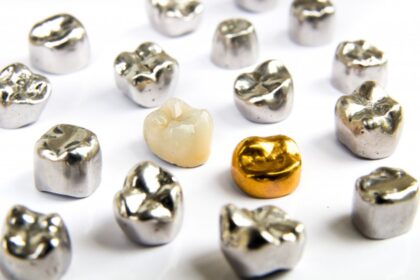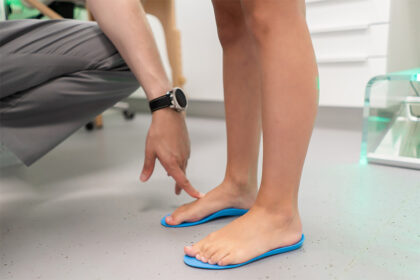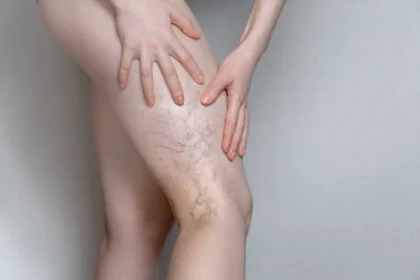Aesthetics focuses on improving appearance, including skin quality, to enhance overall attractiveness. While many procedures are surgical, a growing number of non-surgical options are available for individuals seeking different approaches to skin care. These treatments use various technologies and substances to address different aspects of skin and body appearance. Here are some non-surgical aesthetic treatments, outlining their processes and what a person might experience:
PRP Therapy
Platelet-rich plasma (PRP) therapy is a procedure that uses components from a person’s own blood. A small amount of blood is drawn, and then the specialist processes it in a centrifuge to separate the platelets, creating a concentrated plasma. Because the treatment uses a client’s own biological material, it presents a unique option within aesthetic medicine. The resulting platelet-rich plasma is then administered back into the targeted areas of the skin.
The process for a PRP session typically follows a structured protocol. After the initial blood draw and centrifugation, the practitioner prepares the target area, which may involve cleansing the skin. They then deliver concentrated plasma into the skin through microinjections, sometimes in conjunction with other procedures. A typical session is short, and multiple sessions may be included in a treatment plan.
It is useful to have a clear understanding of the process before undergoing treatment. The number of sessions can vary based on individual factors and the practitioner’s assessment. Post-treatment care instructions are helpful to guide the client on how to manage their skin in the days following the procedure. Open communication with a provider helps set a clear path forward.
Filler Injections
Dermal filler injections add volume to specific areas of the face. Practitioners use substances like hyaluronic acid, which is a gel-like material naturally found in the body, to perform these treatments. These injections are helpful in regions such as the cheeks, lips, and nasal folds, though they can also help in other areas as well.
A qualified practitioner typically performs the procedure and assesses the facial structure before carefully administering the filler through a fine needle. Safety protocols include using sterile equipment and understanding facial anatomy to manage risks associated with the injection process. Choosing a trained and experienced practitioner in aesthetics is helpful, and it significantly impacts the treatment process.
IV Therapy
Intravenous (IV) therapy delivers fluids and nutrients directly into the bloodstream. This method bypasses the digestive system, allowing for direct absorption of the administered substances. IV therapy sessions are conducted in a clinical setting where a healthcare professional administers the infusion.
An IV therapy session involves inserting a small catheter into a vein, and the selected fluid mixture is then dripped in over a period of 30 to 90 minutes. The experience is generally straightforward; clients relax while the infusion is underway. Typical ingredients in these IV drips can include:
- Saline solution for hydration
- Vitamins, such as B-complex and Vitamin C
- Minerals, such as magnesium and zinc
- Amino acids
Body Contouring
Body contouring refers to non-surgical procedures designed to alter the shape of certain body areas. Typical treatment areas include the abdomen, thighs, and flanks, where pockets of fat may be present. Because these methods are non-invasive, there is typically no extensive recovery time required.
Find Aesthetics Near You
Selecting a qualified provider is a significant step in pursuing any aesthetic treatment. During a consultation, you have the opportunity to ask questions about the procedures, view before-and-after photos of previous clients, and discuss your specific goals. If you are ready to learn more about your options, book a consultation with a local internist to begin the conversation.









